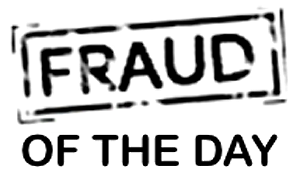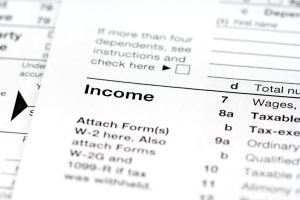Despite fraud detection tools in place, fraudsters are always creating new opportunities via new technology. It was recently discovered that fraudsters have manipulated a fraud detection tool, the Practitioner Priority Service (PPS), that the Internal Revenue Service implemented to assist tax practitioners. Accountants, lawyers and other bona fide tax professionals use the line to get copies of the tax records that are necessary to file income-tax returns. The tax practitioner must have a valid authorization for each taxpayer they represent and a unique nine-digit identifying number that is assigned to them by the IRS after they file the necessary form. Fraudsters have stolen this data and have had access to tax records that are necessary to file income-tax returns.
According to a new report by the treasury Inspector General for Tax Administration (TIGTS), between August of 2023 and April of 2024, fraudsters used information from the PPS line to file more than 4,800 tax returns claiming nearly $462 million in refunds. The TIGTA reported that the IRS detected and blocked some 4,200 of the fraudulent returns. But while the IRS was able to slam the brakes on payments for most of the returns, they weren’t able to stop 574 returns from going through with an estimated loss of more than $47 million.
The IRS issued over $325 billion in refund money to more than 100 million 2023 tax returns. For an agency with that kind of output, the fight against fraud is constantly evolving
Kudos to the Internal Revenue Service for their continual fight against fraud.
Today’s Fraud of The Day is based on article “Scammers called the IRS and stole $47 million in refunds, watchdog says” published by MarketWatch on October 26, 2024
Phony tax professionals made a real score when they called Internal Revenue Service phone lines to access sensitive taxpayer information, filed fraudulent tax returns and walked away with tens of millions of dollars in refunds, according to a new watchdog report.
The scammers filed over 4,800 tax returns and claimed nearly $462 million in bogus refunds in a scheme that stretched from early August 2023 to the tail end of this past tax season in April, the report from the Treasury Inspector General for Tax Administration said.



